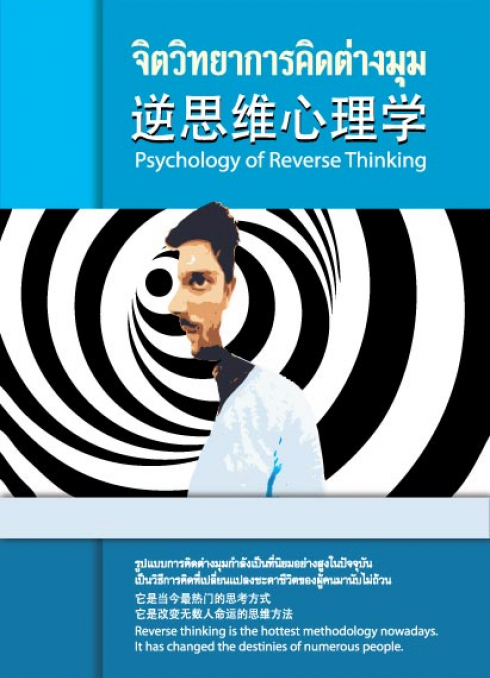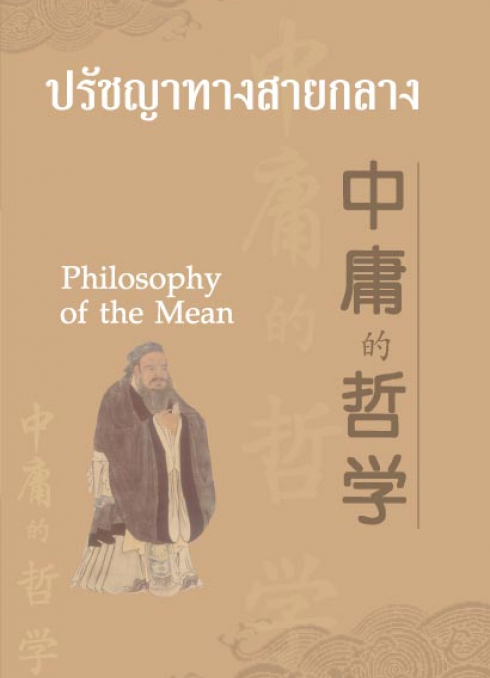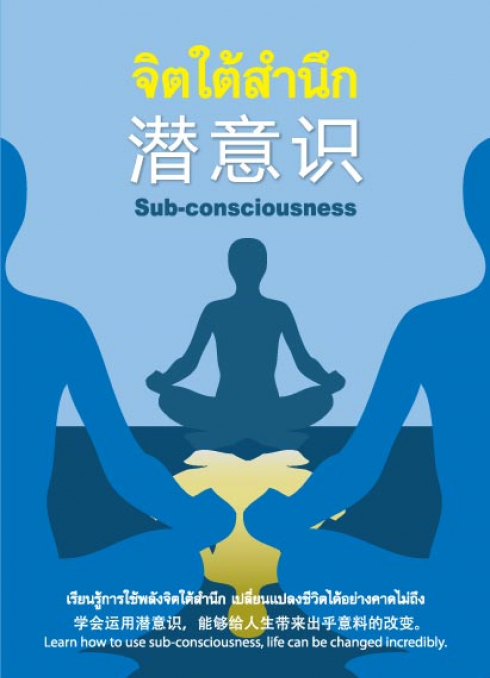

Psychology of Reverse Thinking
Psychology of Reverse Thinking
What is reverse thinking? Reverse thinking is also called the thought of seeking differences. Due to the thinking set, our thought tends to be inertial and linear. Different from general thinking, reverse thinking requires people to think from antagonistic, reversal, opposite and reverse perspectives, break through the old thinking key, but it can bring us surprise from time to time. People who can use it skillfully will have different understandings from those of ordinary people. Modes and push the status and features of things to the opposite or extreme, so as to search for new angles. “Thinking exactly the opposite” can diversify thinking and is conducive to solve problems efficiently.
Reverse thinking is not a universal
When we adhere to traditions and common sense rigidly, a change of directions will lead to a different conclusion.
When we encounter setbacks and are depressed, a change of perspectives will lead to a different feeling.
When we communicate with others and have miscommunication, a change of positions will lead to a different experience.
When we struggle in career and strive for promotion, a change of methods will lead to a different reward.
When we fail in sales and are upset, a change in thinking modes will lead to a different effect.
When we feel frustrated and puzzled in love or marriage, a change of ideas will lead to a different happiness.
What is reverse thinking? Reverse thinking is also called the thought of seeking differences. Due to the thinking set, our thought tends to be inertial and linear. Different from general thinking, reverse thinking requires people to think from antagonistic, reversal, opposite and reverse perspectives, break through the old thinking key, but it can bring us surprise from time to time. People who can use it skillfully will have different understandings from those of ordinary people. Modes and push the status and features of things to the opposite or extreme, so as to search for new angles. “Thinking exactly the opposite” can diversify thinking and is conducive to solve problems efficiently.
Reverse thinking is not a universal
When we adhere to traditions and common sense rigidly, a change of directions will lead to a different conclusion.
When we encounter setbacks and are depressed, a change of perspectives will lead to a different feeling.
When we communicate with others and have miscommunication, a change of positions will lead to a different experience.
When we struggle in career and strive for promotion, a change of methods will lead to a different reward.
When we fail in sales and are upset, a change in thinking modes will lead to a different effect.
When we feel frustrated and puzzled in love or marriage, a change of ideas will lead to a different happiness.







